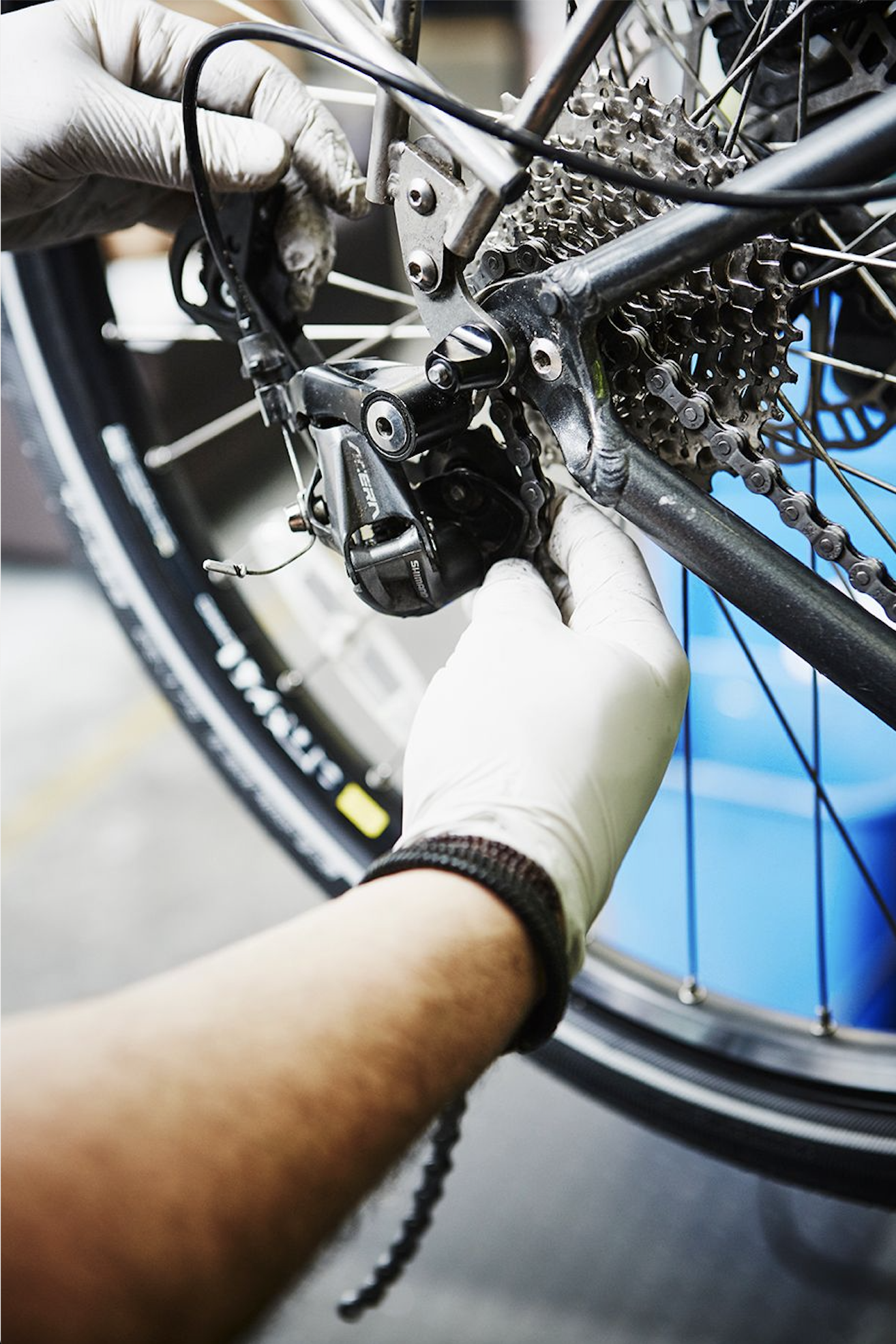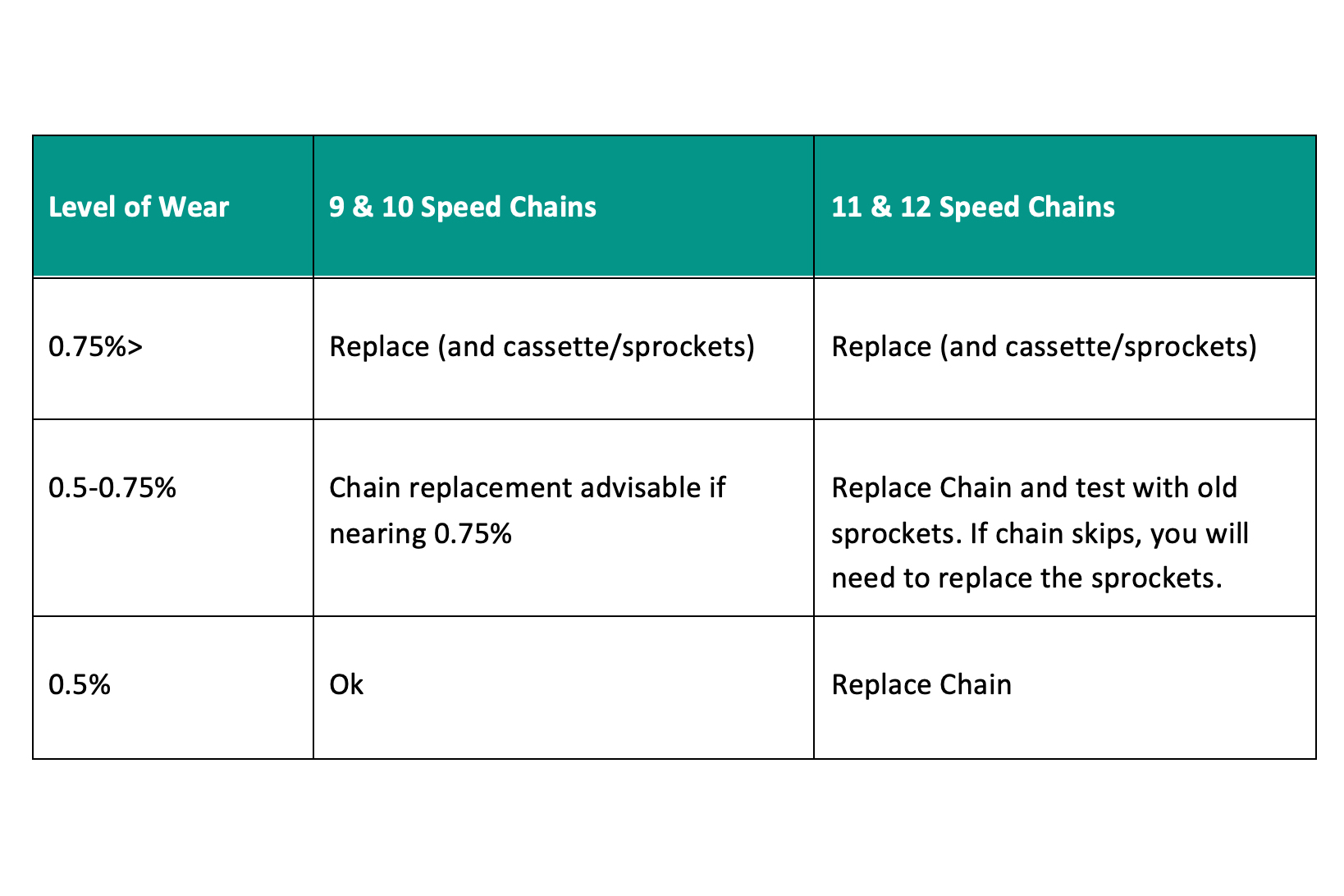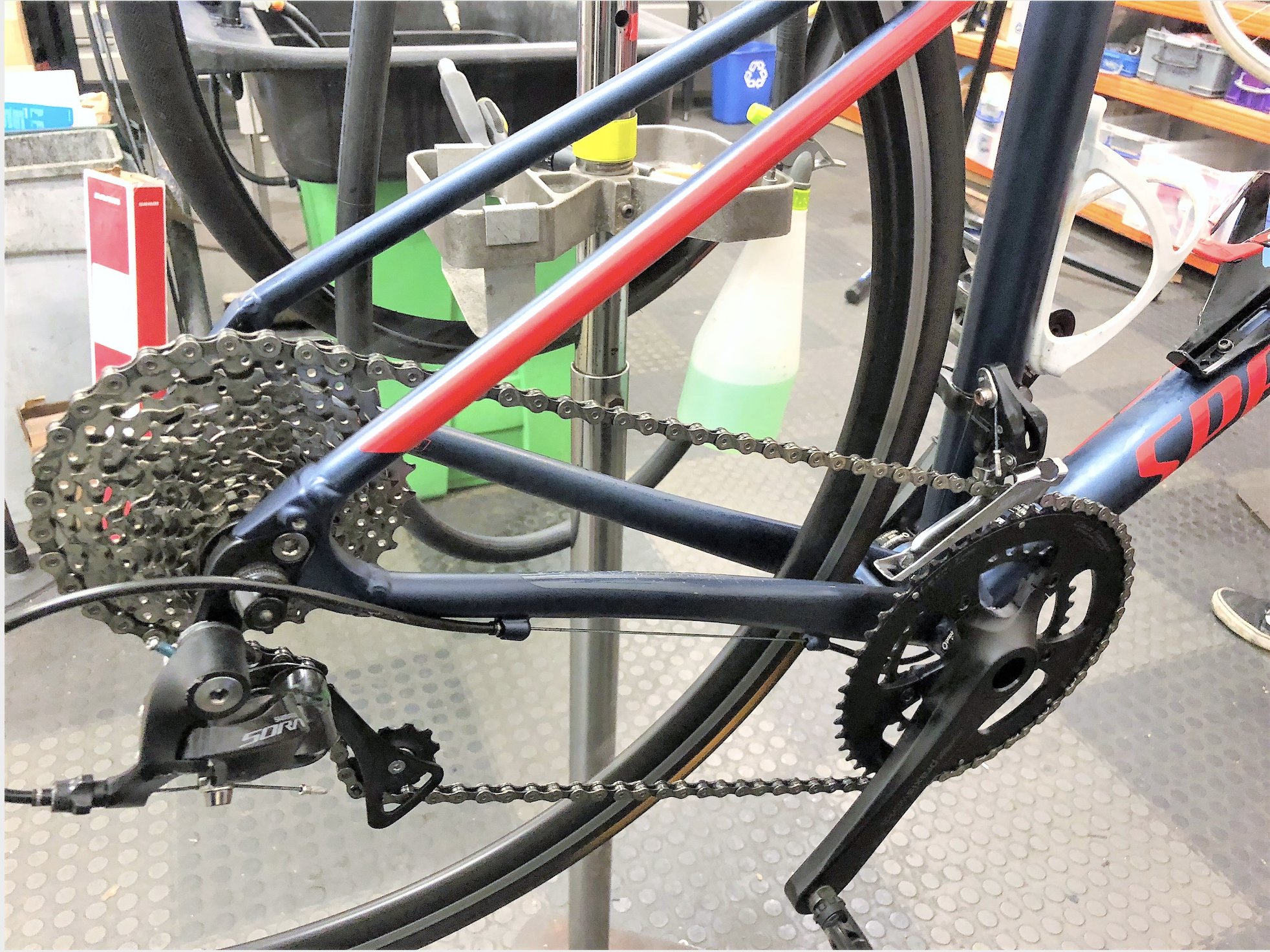How do you look after your bike chain?
Looking after your bike chain is vital to performance and component longevity says bike repair company Havebike's lead mechanic, Barrie Dixon. Here he explains how to effectively care for your bike chain...

What does the bike chain do?
The chain on your bike is a sequence of links and pins that facilitates the transfer of power from your legs to the rear wheel. Larger cogs at the front will pull more of the chain through for each rotation of the pedals. Smaller cogs at the rear will require less chain for a full rotation of the wheel. Before chains came about, one pedal rotation was one wheel rotation. On a modern road bike with a 52 tooth chainring and an 11 tooth cog at the rear, one pedal rotation will result in almost five full rotations of the wheel.
How do you look after your bike chain ?
Keeping your chain clean is vital to performance and component longevity. It’s also important to minimise unnecessary strain, such as setting off in a high gear; car drivers would never set off from traffic lights in fifth gear. The same logic applies to bikes. Avoiding cross-chaining and excessive torque will make you and your bike more efficient.

Cross chaining means using the largest front chainring with the largest rear sprocket or vice versa. These gear combinations are not efficient for transferring power and will also mean a sub-optimal chain line for most group sets. This will accelerate wear of the chain. Pedalling over-geared is also inefficient and bad for your chain, cassette and chainrings. Torque will flex your components, accelerating wear as well as wasting power that could be moving you forward.
How do you clean your bike chain?
- The best thing you can do for your chain is to regularly clean and re-lubricate it with bicycle specific products.
- You can do this either by applying degreaser liberally with a spray or a pre-mixed solution with a paintbrush.
- After leaving the degreaser to soak in for 2-3 minutes, use a coarse brush or dirty sponge to loosen any debris or persistent grime.
- Rinse your chain, chainrings and cassette thoroughly with soapy water before rinsing again with clean water and a clean sponge.
- Dry your drivetrain thoroughly before reapplying water-displacing spray such as GT85 and then bicycle-specific lubricant.
- Chain cleaning devices are a popular and reasonably priced alternative. If you choose this route, ensure the cassette and chainrings aren’t neglected.
How to remove rust from the bike chain
The best solution is of course prevention. Chains can develop surface rust if ridden in poor conditions without appropriate lubrication and then left to dry for a prolonged period without cleaning. Mild surface rust can be removed by liberally applying water-displacing spray to the affected areas and scrubbing with a sponge and soapy water. Ensure the drivetrain is then thoroughly dried with additional water-displacing spray applied and re-lubricated. If the chain has rusted to the point that links no longer move without force, the chain should be replaced.
How do you know if your bike chain needs replacing?
This is a task that requires a specialist tool and cannot be measured accurately by eye. A worn chain for 10-11 speed shifting is set at 0.5% of the total length having worn away. For 7-9 chains, 0.75% of the total chain length is considered worn. A chain wear indicator is inserted into the links of the chain; if the tool fits it means the chain is worn and should be replaced. Riding with a worn chain will greatly accelerate the wear of your other more expensive components. Identifying a worn chain early will save you money in the long run. If the chain has worn out other components, a new chain will not correctly mesh and will skip.

How do you know what chain to buy for your bike?
Firstly, you must check the ‘speed’ of your drivetrain. This refers to the number of cogs on your cassette. An 11-speed chain is narrower than a 10-speed chain to accommodate the extra cog on the same width hub. Having established your chain speed, you’ll need to select a compatible brand of chain. If your bike uses a Shimano drivetrain, you’ll want to choose a Shimano chain to ensure well-functioning shifting. Using the incorrect chain can void the warranty of other components. A qualified mechanic will be able to quickly identify an appropriate chain for your bike.
How do you replace your bike chain?

To replace a chain, you will need a chain tool. You can purchase pocket-sized tools to carry on your rides in case of emergency; some multi-tools will include this tool. Removing your old chain will require either a chain tool or quick link pliers.
Once your old chain is off, you can either measure your new chain length against the old one or measure afresh. To measure your chain length, put the chain on the largest chainring and the largest cog at the rear closest to the spokes. Pull the chain tight and then add one link. The additional link could be the quick link that many chains are supplied with.
Ensure that you cut your chain to length with opposing links that will mesh, or if using a quick link, two inner links. Thread your chain through both derailleurs with brand etchings facing outward. If using a quick link, fit it into place and apply force to the pedals with brakes on to click it into place.
London based bike repair company, Havebike offers riders across the South East collect and return repairs and servicing. Their mechanics gave us their expert advice on how to look after your bike’s chain. To book your bike in for a repair or service, visit www.havebike.co.uk
Photos by haveabike.com and Unsplash




